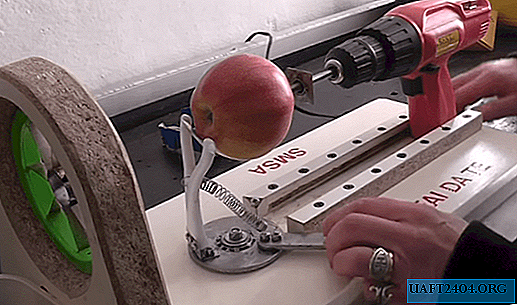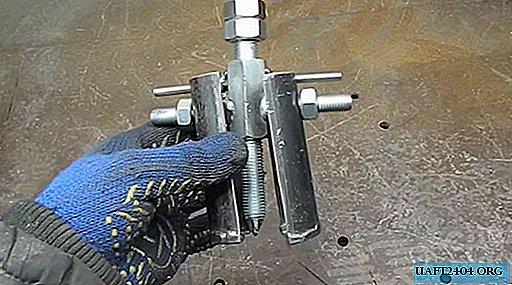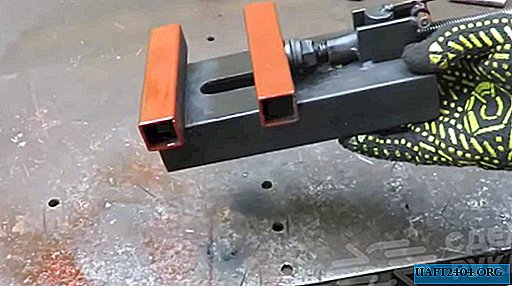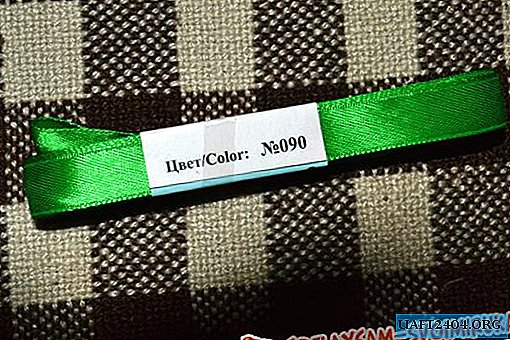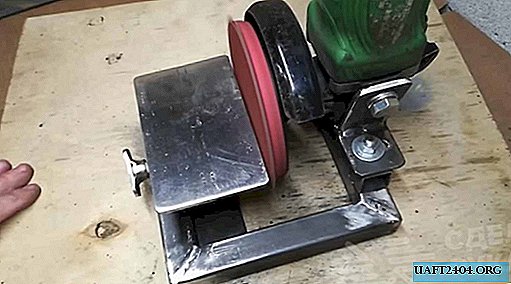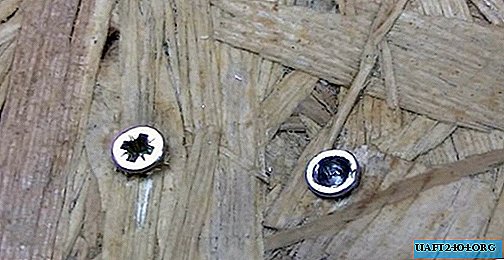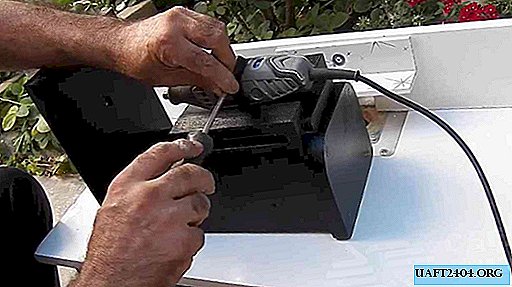Share
Pin
Tweet
Send
Share
Send
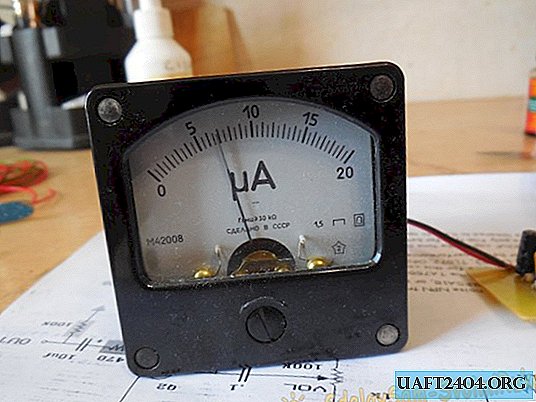
Many sound-reproducing devices, whether tape recorders or amplifiers of the end of the last century, were equipped with a dial indicator on the front panel. His arrow moved to the beat of the music, and although it had no practical significance, it looked very beautiful. Modern equipment, in which compactness and high functionality come first, no longer has the luxury of a dial indicator sound. However, it is quite possible to find an arrow head now, which means that such an indicator can be easily assembled with your own hands.
Scheme

Its basis is the Soviet chip K157DA1, a two-channel two-half-wave rectifier of the average signal value. The supply voltage of the circuit lies in a wide voltage range, from 12 to 16 volts, because the circuit contains a 9 volt stabilizer (VR1 in the circuit). If you use a stabilizer in a metal case TO-220, then the voltage can be applied up to 30 volts. Trimmer resistors R1 and R2 adjust the signal level at the input of the chip. The circuit is not critical to the ratings of the components used. You can experiment with the capacitances of capacitors C9, C10, which affect the smoothness of the arrow, as well as with resistors R7 and R8, which set the return time of the arrow. In L and In R in the diagram are connected to a sound source, which can be any device with a linear output - be it a computer, player or phone.
strelochnyj-indikator-zvuka.zip 21.05 Kb (downloads: 241)

Circuit assembly
The indicator board is made by the LUT method on a piece of PCB with dimensions of 30 x 50 mm. Just in case, the chip should be installed in the socket, then it can be replaced at any time. After etching, the board must be tinned, then it will look beautiful from the side of the paths, and copper itself will not oxidize. First of all, small parts are soldered - resistors, ceramic capacitors, and only then electrolytic capacitors, tuning resistors, a microcircuit. Lastly, all connecting wires are soldered. The board contains two channels at once and involves the use of two arrowheads - on the right and left channel, but you can use one arrowhead, then the input and output contacts for the other channel on the board can simply be left blank, as I did. After installing all the parts on the board, it is necessary to wash off all the remaining flux, check the adjacent tracks for a short circuit. To connect the board to the signal source, it is most convenient to use the jack 3.5 plug. In this case, if the length of the wires from the board is large (more than 15 cm), use a shielded wire.




Switch head
It’s not difficult to find Soviet arrowheads on sale now, there are many types, different shapes and sizes. I used the small arrowhead M42008, it does not take up much space and looks beautiful. For this circuit, any head with a current of a total deviation of 10-100 microamps is suitable. To complete the picture, you can also replace the native scale, calibrated in microamps, with a special sound scale calibrated in decibels. However, the arrowhead must not be connected to the circuit directly, but through a tuning resistor with a nominal value of 1-2 megaohm. Its middle contact is connected to any of the extreme ones and connected to the board, and the remaining contact is connected directly to the head, as seen in the photo below.


Indicator setting
When the board is assembled, the switch head is connected, you can begin testing. First of all, by supplying power to the board, check the voltage at the 11th output of the microcircuit, there should be 9 volts. If the supply voltage is normal, you can apply a signal from the sound source to the input of the board. Then, using the resistors R1 and R2 on the board and the tuning resistor at the switch head, achieve the desired sensitivity so that the arrow does not roll over, but is approximately in the middle of the scale. This completes the basic setup, the arrow will move smoothly to the beat of the music. If you want to achieve a sharper arrow behavior, you can install resistors with a resistance of 330-500 Ohms parallel to the arrow heads. Such an indicator will look great in the housing of a home-made amplifier, or as a standalone device, especially if you illuminate the indicator with a pair of LEDs. Have a nice build!


Watch the video of the indicator
Share
Pin
Tweet
Send
Share
Send

